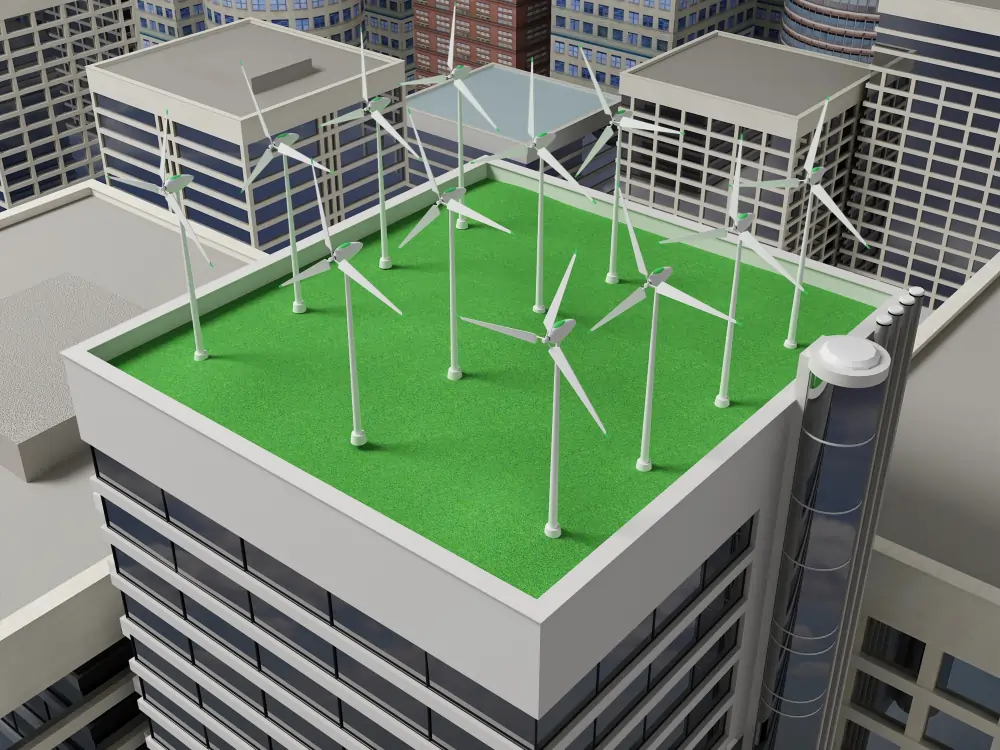Today, developers and builders need to create economically practical and environmentally...


Energy modeling serves as an effective instrument that aids property owners in enhancing the energy efficiency of their buildings. By creating different situations and examining energy usage trends, property owners can make educated choices that result in substantial operational savings. This blog examines five methods by which energy modeling can aid property owners in lowering operational expenses while improving building efficiency.
It means employing specialized software to generate simulations of a structure's energy consumption. This method charts the movement of energy into and out of a building, considering elements like design, building materials, HVAC systems, and usage trends. The main objective of BEM is to anticipate a building's performance in different circumstances, enabling property owners to make informed choices about design and functionality.
Energy modeling includes various elements, such as thermal efficiency, daylighting assessment, and airflow behavior. By assessing these factors, property owners can find chances for energy optimization, resulting in enhanced energy efficiency and lower utility expenses. Moreover, BEM is becoming more vital for adhering to regulations focused on attaining net-zero emissions and fulfilling client demands.
Energy modeling is utilized throughout a building's lifecycle, from the design phase to its continuous operation. In the design stage, property owners can utilize BEM to evaluate various design alternatives and choose the most effective systems. For instance, by testing different HVAC setups or insulation types, owners can determine which options will provide optimal performance and minimal operating expenses.
Energy modeling can still offer benefits after a building is up and running. Through regular evaluations, property owners can track energy consumption and pinpoint areas needing enhancement. This continuous assessment aids in the adoption of cost-cutting measures, like updating old systems or adjusting control settings according to real-time information.
So, let us now take a look at the ways in which energy modeling reduces operational costs -
Energy modeling enables property owners to comprehend how various building elements influence total energy use. By simulating a building's energy consumption, owners can evaluate different elements like insulation, types of windows, and HVAC systems. This data-informed strategy allows them to make knowledgeable choices regarding which features to integrate, resulting in enhanced energy efficiency.
For example, energy models can evaluate the effectiveness of various insulation materials or HVAC setups, assisting property owners in choosing the most economical alternatives. This optimization improves the building's energy efficiency and also leads to significant operational savings in the long run. Energy-efficient structures can cut energy usage and greatly decrease utility costs.
Incorporating energy modeling during the initial design stage enables property owners to discover cost-saving approaches before the start of construction. Through the assessment of different design scenarios, energy modeling identifies possible inefficiencies and locations to help reduce operational costs.
For instance, a homeowner might find that choosing a particular kind of heating system could reduce installation and running expenses by thousands compared to alternative choices. Furthermore, by appropriately sizing equipment like boilers and chillers according to precise load calculations, owners can prevent excessive spending on unneeded capacity. This proactive strategy guarantees that financial resources are distributed efficiently from the beginning.
Energy modeling plays a crucial role in incorporating cutting-edge technologies that improve building efficiency. By modeling the interaction of new technologies with current systems, property owners can evaluate their effects on energy usage and operational expenses.
For instance, integrating intelligent thermostats or automatic lighting systems can enhance energy consumption according to occupancy trends. Energy modeling assists in assessing the efficacy of these technologies in lowering operational expenses by simulating their possible effects on energy usage. Consequently, property owners can adopt measures that enhance comfort while also resulting in considerable savings over time.
Sustainable building management is becoming increasingly crucial for property owners who aim to lessen their environmental impact while controlling expenses. Energy modeling is vital for meeting sustainability objectives, as it offers insights into the contributions of various materials and systems to total energy consumption.
Through the use of energy modeling, owners can guarantee adherence to green building benchmarks like LEED. This not only improves the property's appeal in the market but also creates chances for tax benefits and rebates linked to sustainable methods. The initial expenditure on energy modeling typically generates significant returns through decreased operational expenses and enhanced property value as time progresses.
The lasting advantages of energy modeling go beyond the initial building expenses. By consistently tracking and enhancing building efficiency through regular energy evaluations, property owners can uncover opportunities for additional operational savings.
For example, updating current structures informed by findings from energy modeling can result in considerable decreases in utility costs. Modernizing old HVAC systems or enhancing insulation according to model forecasts can boost efficiency and lower maintenance expenses. Additionally, as utility prices change, possessing an in-depth knowledge of a building's energy efficiency enables owners to adjust their approaches accordingly, guaranteeing ongoing savings in the long run.

The advantages of energy modeling are plentiful and significant for property owners aiming to improve the performance of their buildings while lowering expenses:
Incorporating energy modeling into planning and cost reduction strategies provides significant benefits for owners aiming to lower operational expenses while improving overall building efficiency. By enhancing energy efficiency in the design phase and aiding continuous sustainability initiatives, the knowledge acquired from energy modeling is essential for realizing financial savings and environmental accountability in the current competitive real estate market.
Today, developers and builders need to create economically practical and environmentally...
Today, developers and builders need to create economically practical and environmentally ...